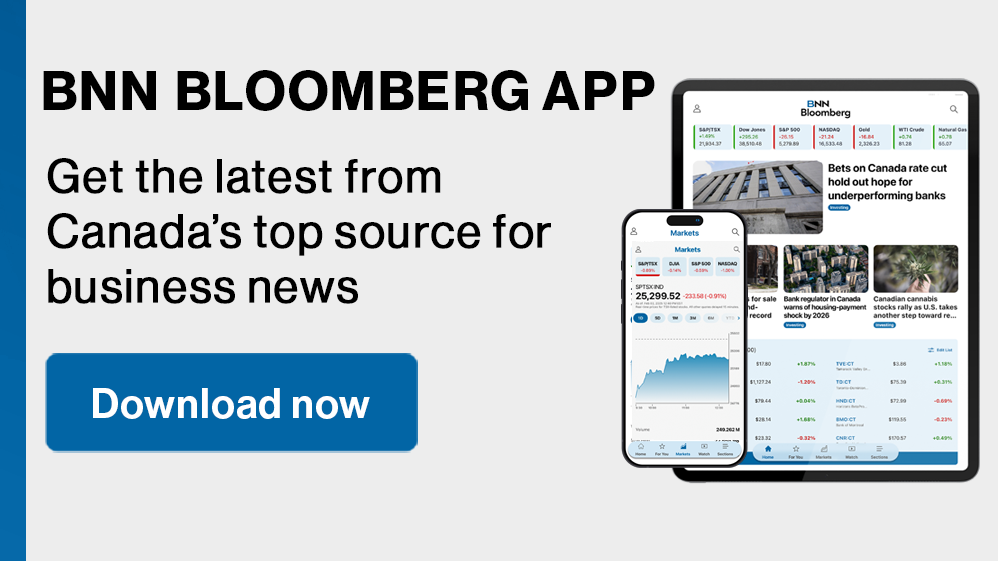The Group of Seven is considering collectively tightening or adapting an oil price cap on Russian petroleum in an effort to reduce Moscow’s revenues as the war in Ukraine continues.
A draft statement seen by Bloomberg News shows that G-7 nations could task their finance ministers to collectively redraw the price limit — currently set at $60 a barrel for crude oil — which was introduced to curb the Kremlin’s access to petrodollars. The move would be part of efforts to raise costs of the war in Ukraine for Russia to “incentivize it to negotiate a meaningful peace.”
It’s not clear at this stage how supportive all G-7 nations are of the document in its current guise, and it will likely get revised as diplomats continue to negotiate the text. The so-called zero-draft also mentions “troops and resources on the ground, coupled with robust international oversight to monitor agreed-upon lines.”
The US sent shock-waves through Western capitals when it communicated openness last week to speaking to Moscow directly to end the war. In response, some EU leaders gathered in Paris on Monday to discuss a common approach to negotiations, fearing being left out.
Cap criticized
The oil price cap was heavily criticized when it was first deployed in December 2022 as being too easy for Russia to work around and designed predominantly to maintain the flow of the country’s oil and fuels.
That perception shifted on Jan. 10 when the outgoing Biden administration designated 161 tankers, two major Russian oil producers, several traders and a key insurer of the nation’s tankers. New US Treasury Secretary Scott Bessent has talked about ramping up measures if Washington believes that doing so can help to speed up a resolution to the Ukraine war.
The G-7 is aiming to release the statement on Feb. 24, the three-year anniversary of Russia’s invasion of Ukraine.
The draft indicates the allies would “recognize” Ukrainian President Volodymyr Zelenskiy’s “readiness to engage in talks to end the war,” while warning that Russian President Vladimir Putin’s terms for peace “have so far amounted to Ukraine’s complete capitulation.” The draft shows the allies are planning to meet with Zelenskiy on Feb. 24.
Allies will call, according to the draft, for a “common sense peace that is fair, a peace that lasts,” which would entail “a durable security guarantee.”
The allies will maintain their line that any negotiation to end the war “must involve Ukraine’s full participation,” and leave it open to pursuing Euro-Atlantic integration.
It’s hard to be sure what tightening or adapting the cap would look like in practice. While a lower price could be one option, another could be to try to bolster enforcement of the current measure.
Trump and others have said they could target Russia with significant sanctions if Moscow doesn’t engage in negotiations. Still, significant changes in US foreign policy under Trump’s presidency could mean many of the proposals are lost to negotiation.
Allies at some point doubted they would be able to publish any statement after G-7 foreign ministers met in Munich for the security conference over the weekend, breaking established protocols, diplomats familiar with the matter said.
The statement from that event ended up being about a third of the length of a prior zero draft — also viewed by Bloomberg — that, according to the diplomats, was not adopted by US officials.
According to the most recent document draft, allies would remain committed to the training of Ukrainian security personnel and the modernization of its armed forces. They would seek to counter Russia’s circumvention of sanctions through the use and acquisition of dual-use technology and its shadow fleet of tankers.
With assistance from Alberto Nardelli
Donato Paolo Mancini, Bloomberg News
©2025 Bloomberg L.P.

